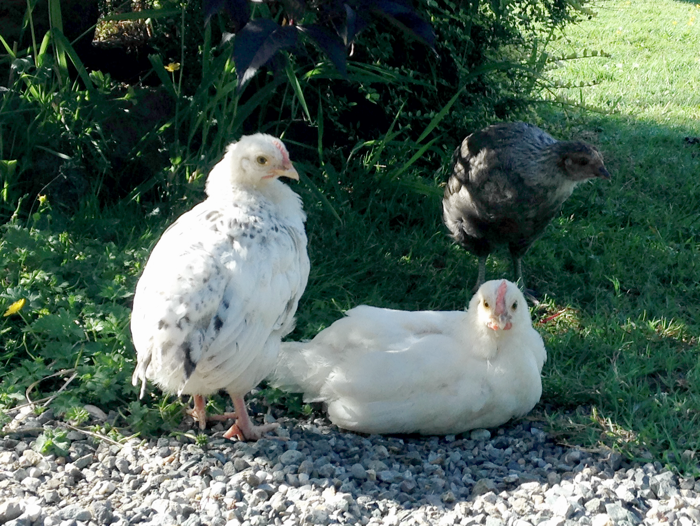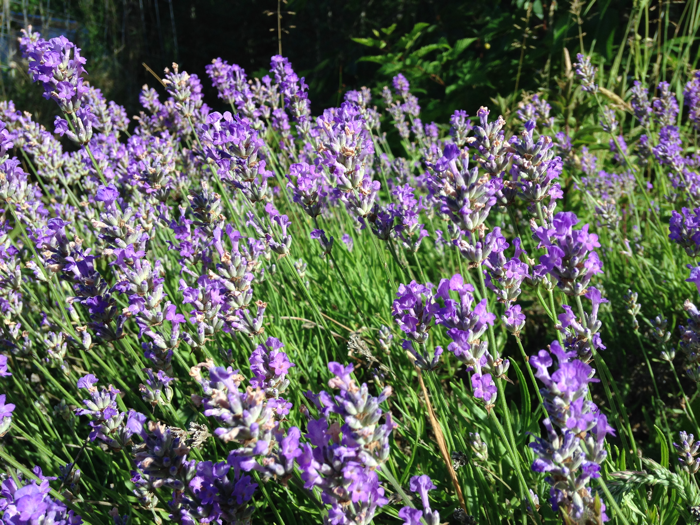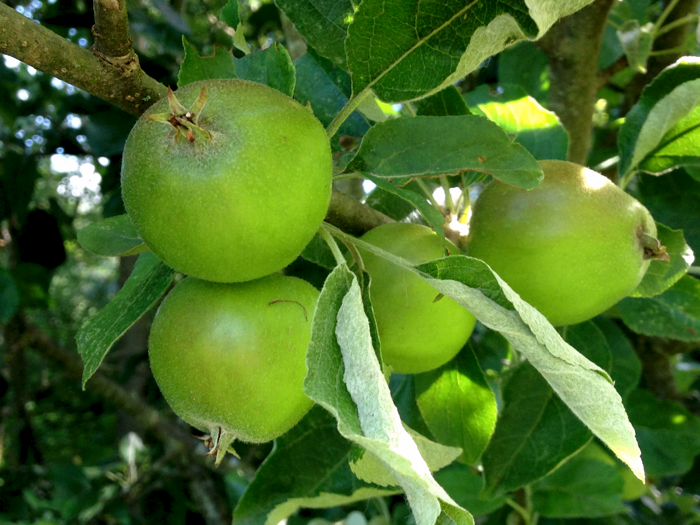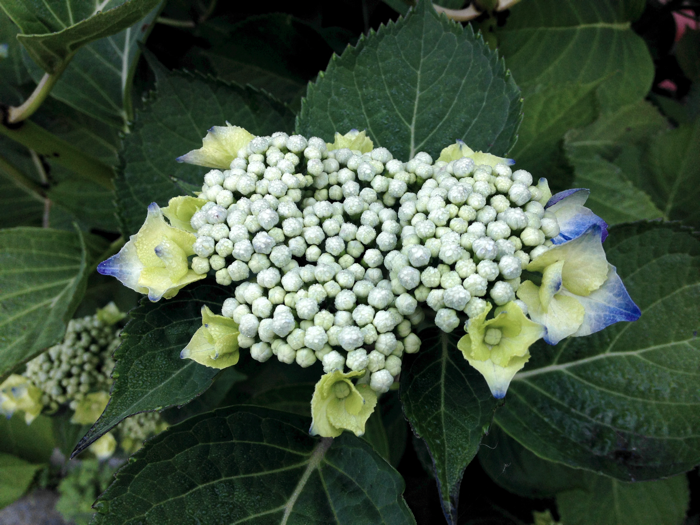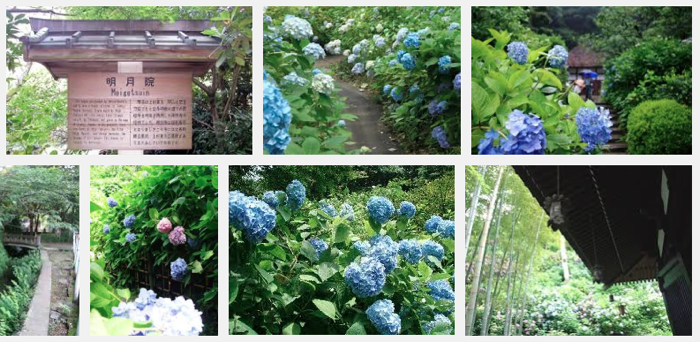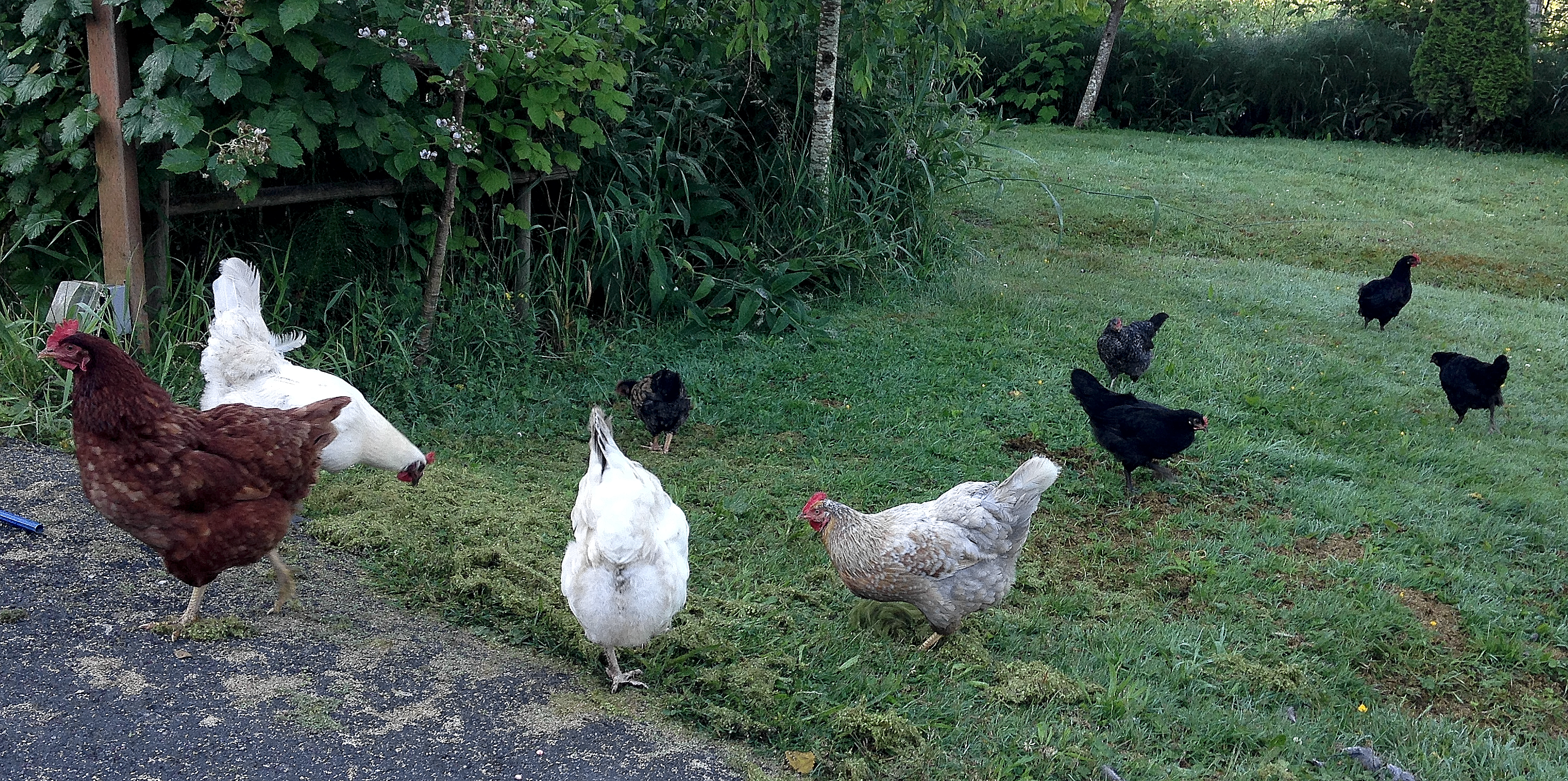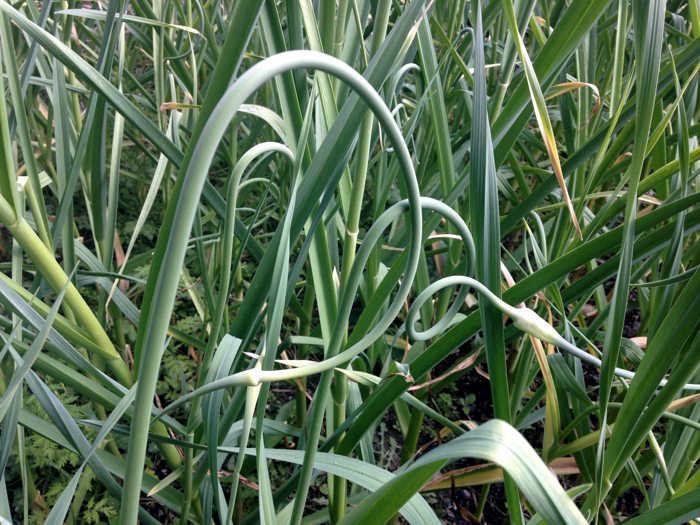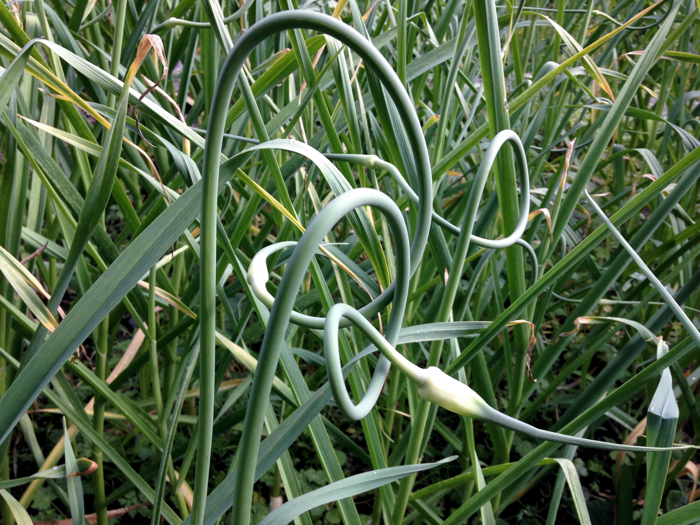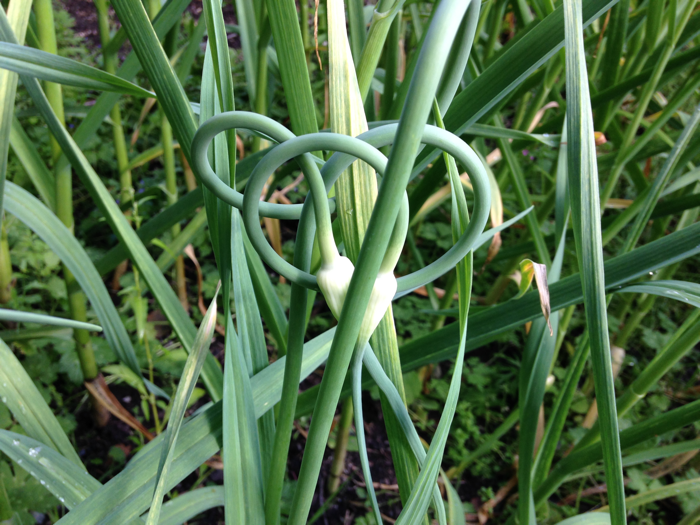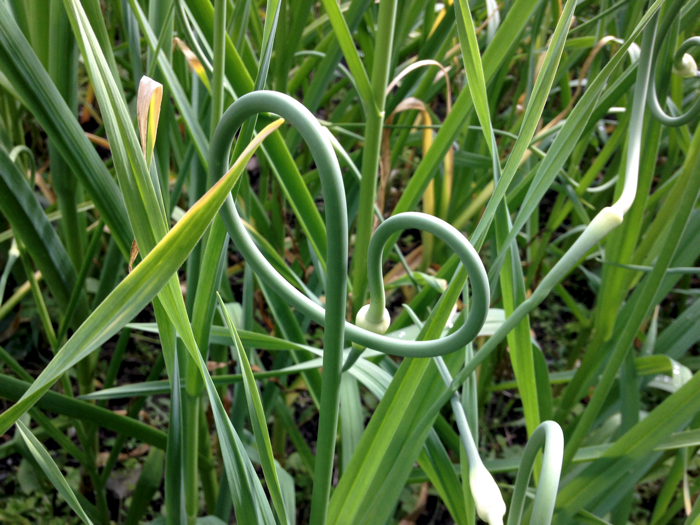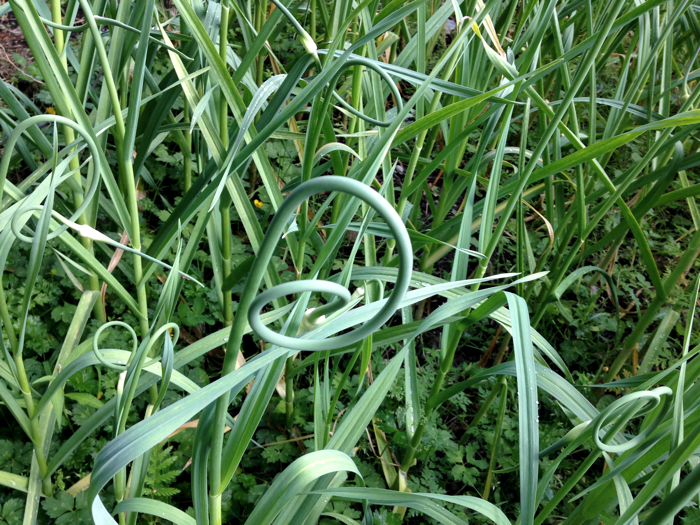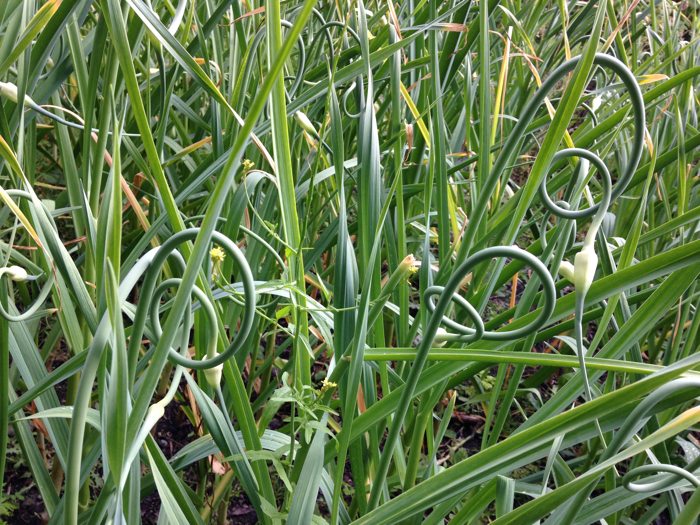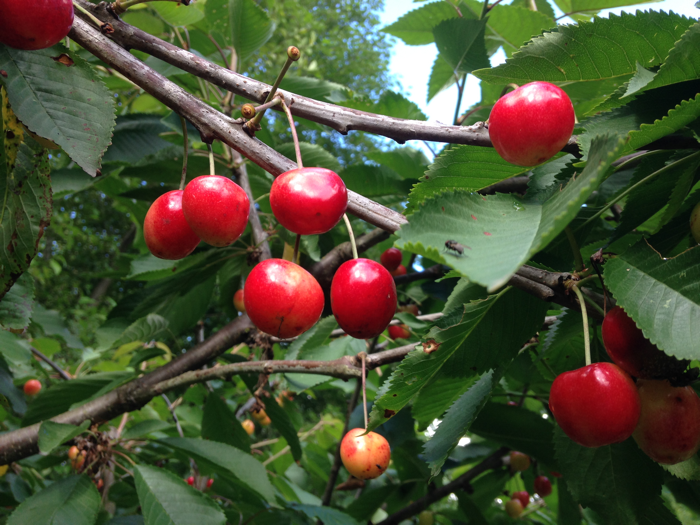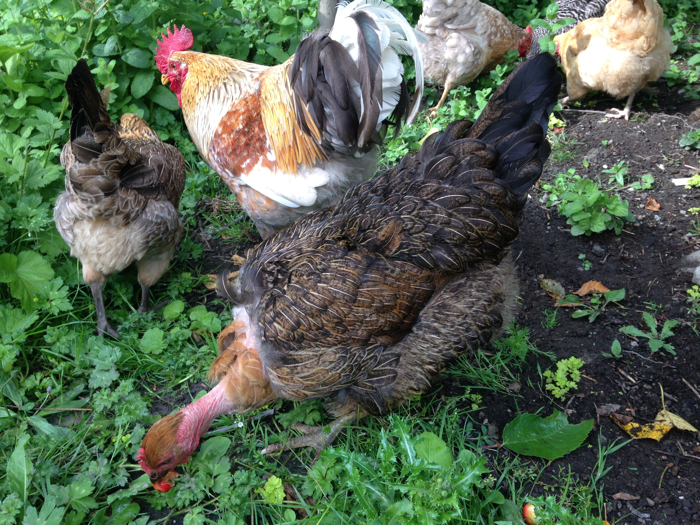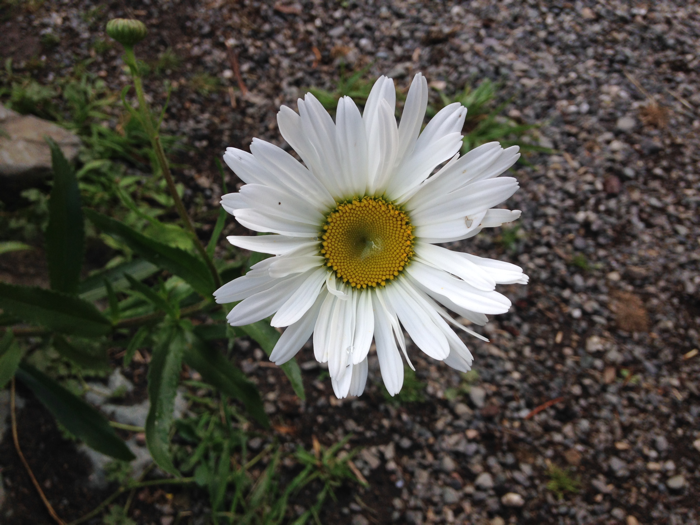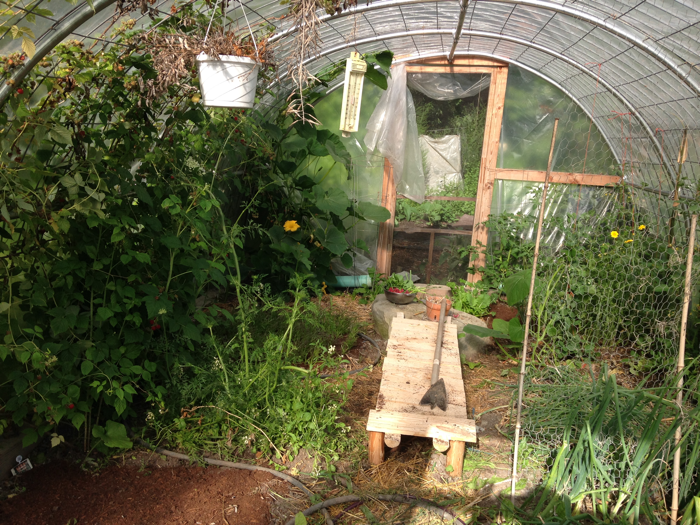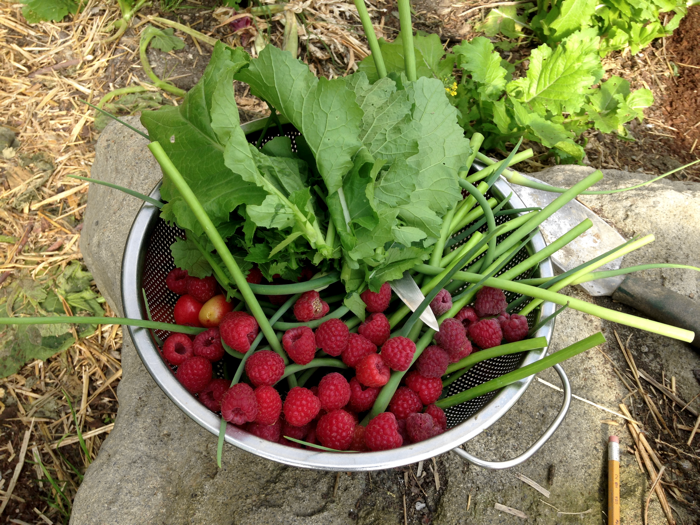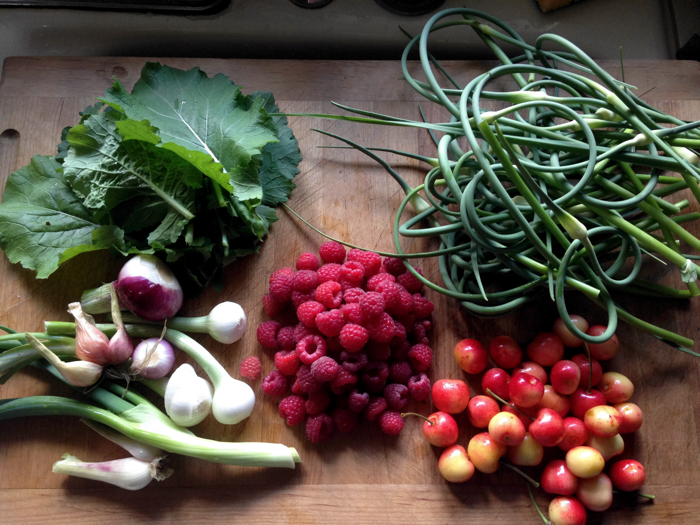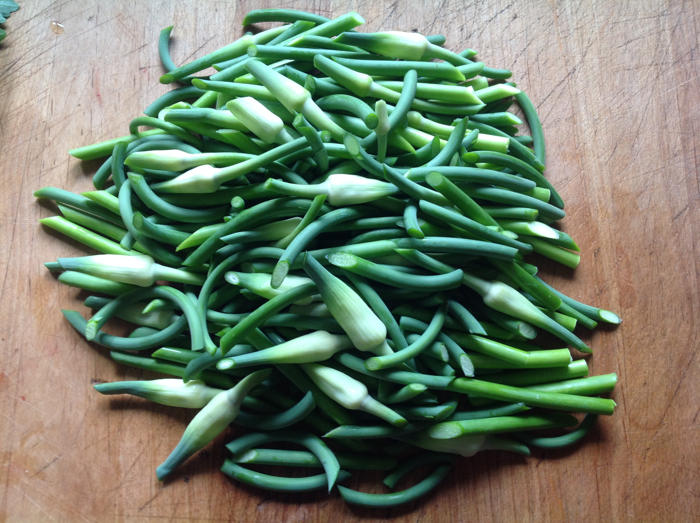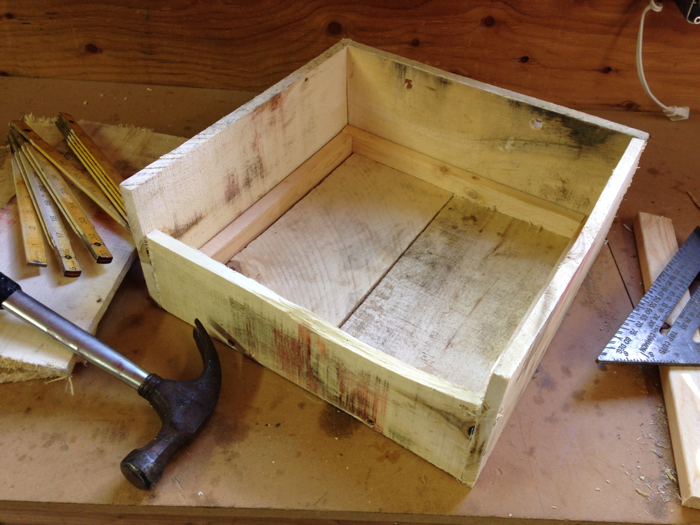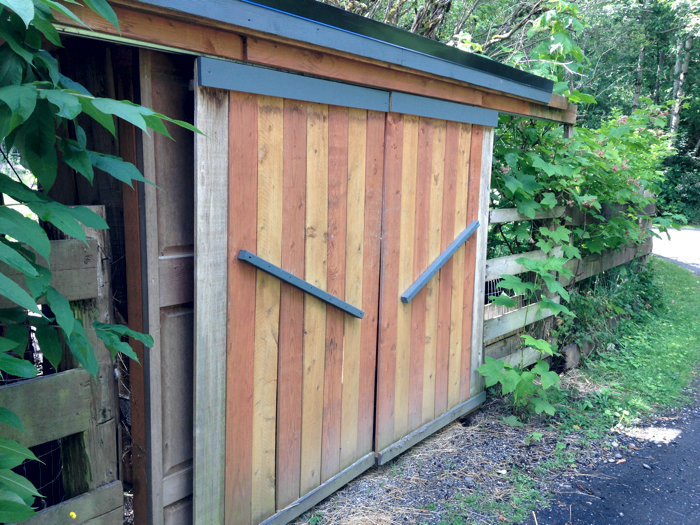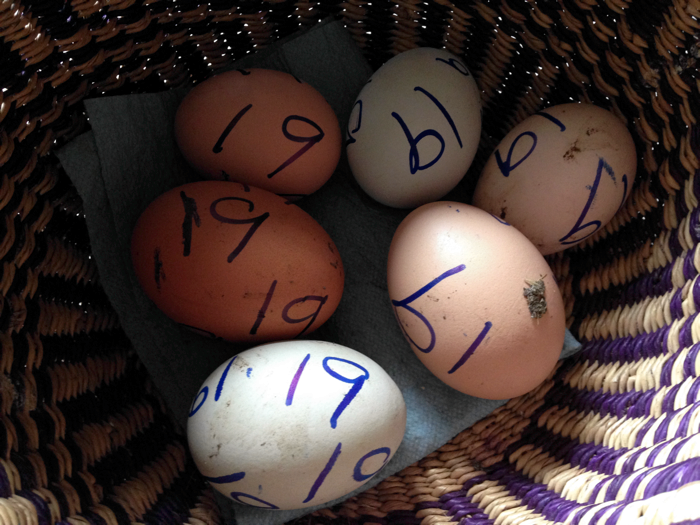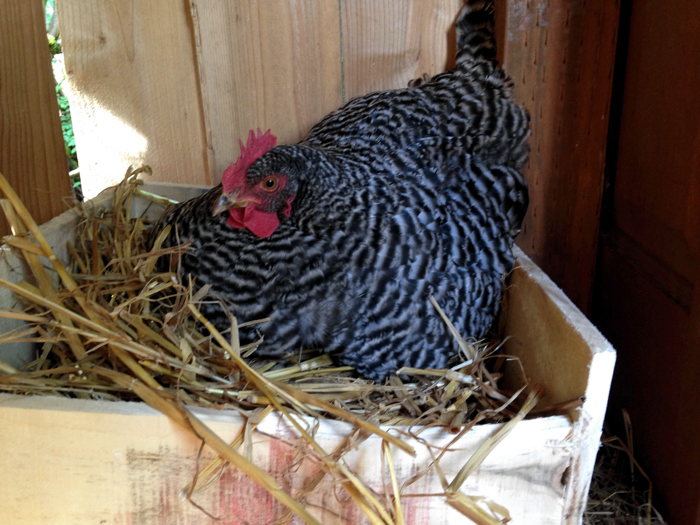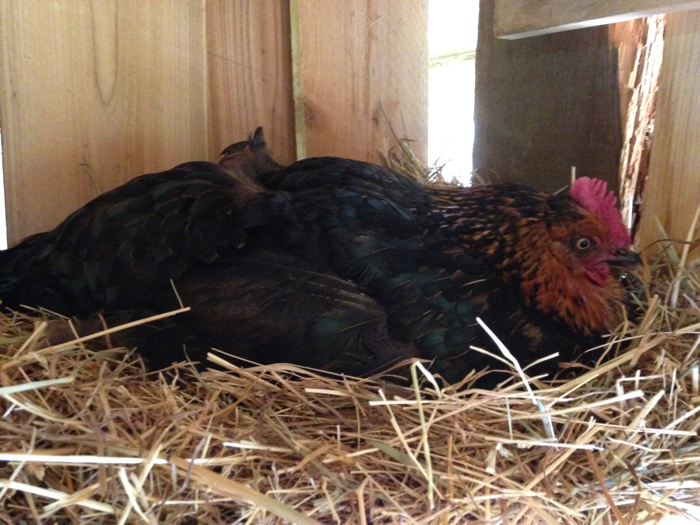Looking at two cats snuggled together on a chair, it’s easy to see that love is important to cats. In her book Animal Madness, Laurel Braitman states that animals think, feel, and experience the same emotions that people do. Live with animals and it’s as obvious as saying that the sky is blue.
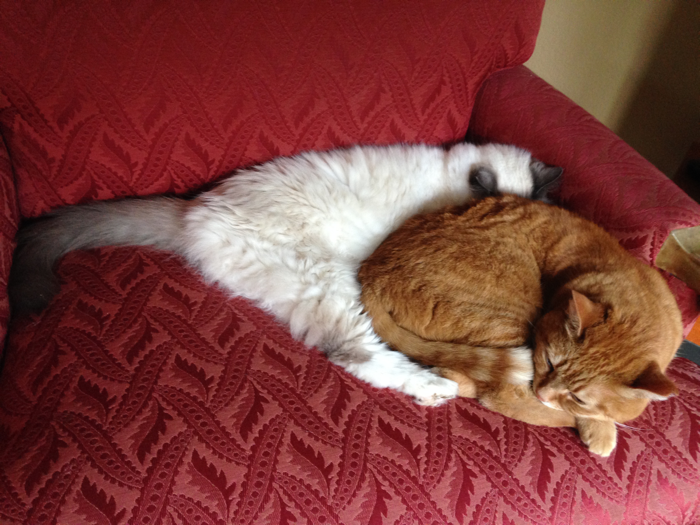
It’s not only cats and dogs which thrive when loved, so do little chicks. They thrive under the watchful eyes of their caring mothers. When they are snuggled under their mother’s feathers, safe and warm, listening to her heartbeat, you wonder what they are feeling. And what is she feeling when there are little ones gathered under her wings? Is she feeling the same warmth a human parent feels when their children are snuggled in their lap, listening to them read a children’s book?
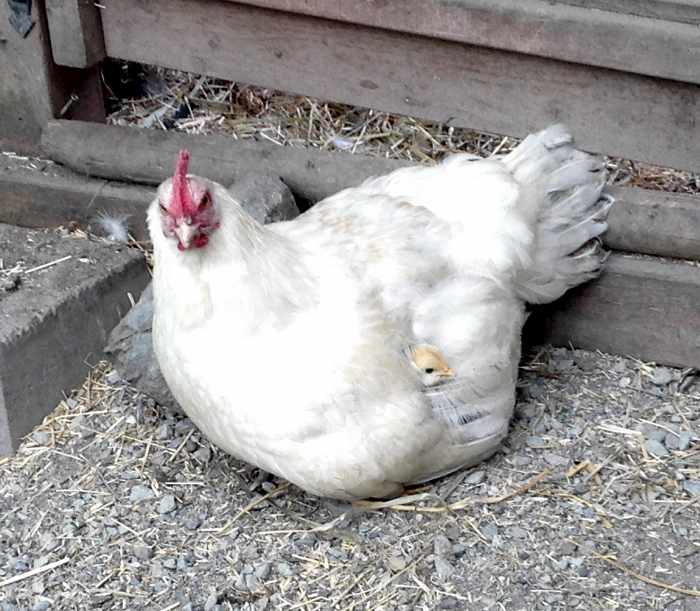

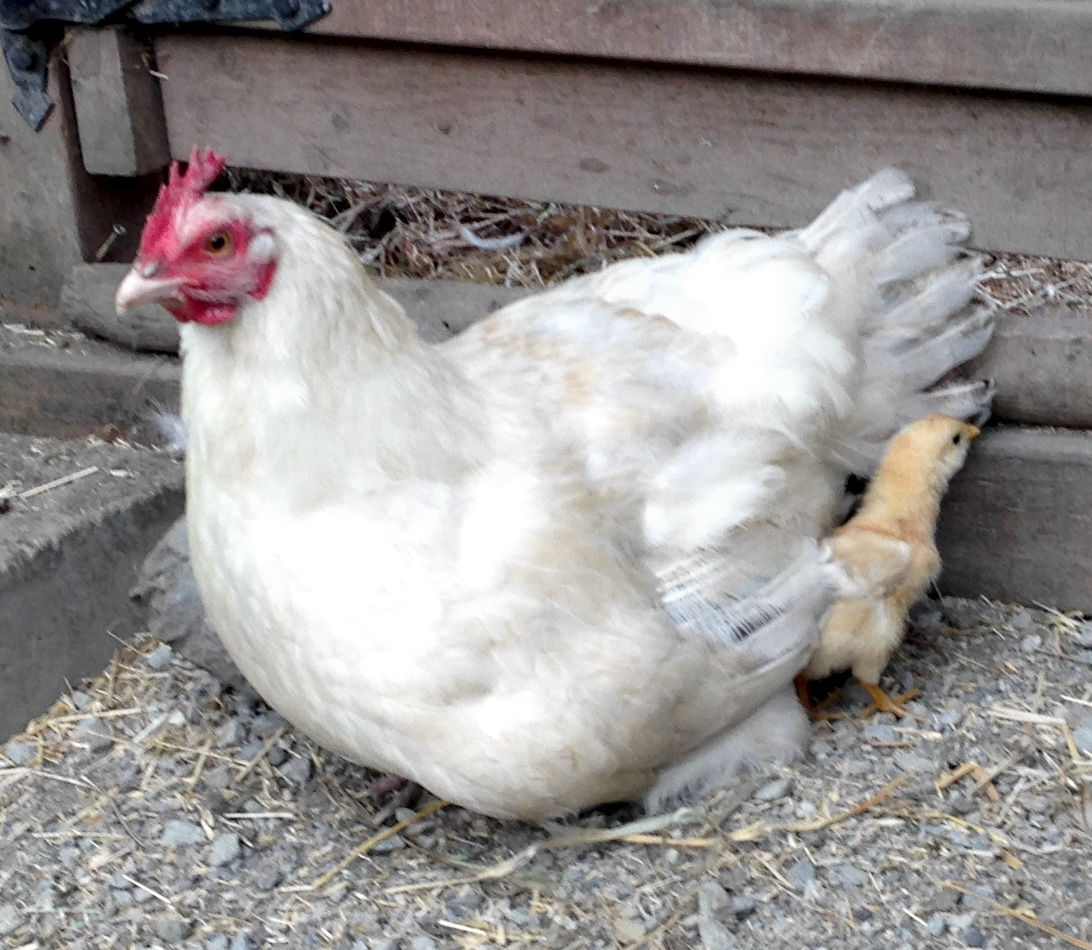
Researches warn against anthropomorphizing animal behavior. And yet, since we are animals ourselves, and have very distant common ancestors, just as we share many of the same physical characteristics such as hearts, lungs, legs, two eyes, etc., wouldn’t it be reasonable that we share many of the same emotions? For example, love is essential to the survival of every mammal and bird species. Without at least one parent’s concern for it’s offspring, all these species would quickly go extinct. Their offspring would quickly die off without their parents looking out for them.
It would seem rather specious to think that many of our emotional states developed only after homo sapiens arose. It would seem more plausible that our emotional states go far back down the evolutionary chain and began hundreds of millions of years ago in the distant past. They were as important to the survival of distant species as they are to us today.

